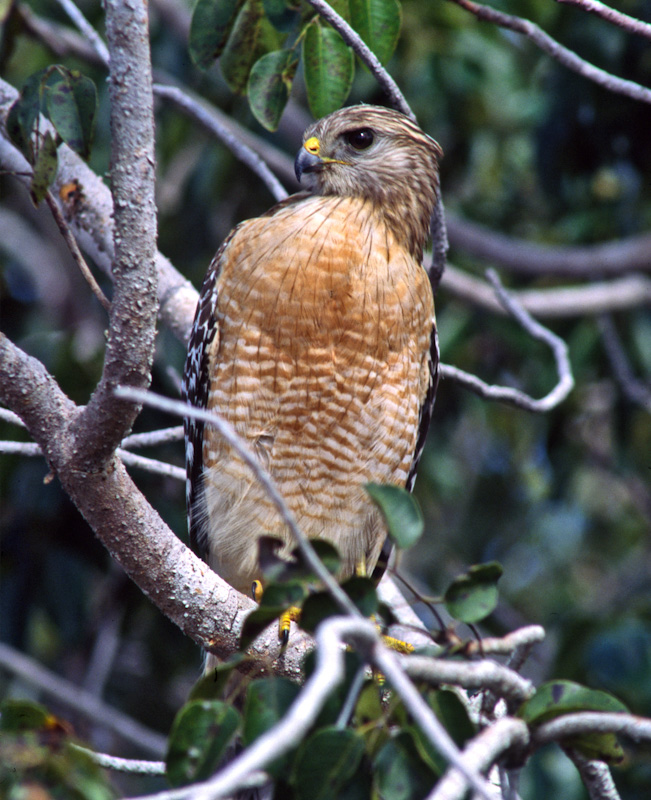
Photo and Commentary ©2025 by Robert Howson
Tuesday, May 6, 2025
We look for parallels between our human experience and that which we find exhibited in the realm of natural history. At times we do so to justify our own actions, implying we have no choice about the matter so deeply engrained in our psyche are our natural tendencies. But we can also find examples that bring out the best in both ourselves and the natural world.
It has been correctly noted that youth tends to be much more liberal or open to change than age. Once, set in our ways, it is hard to change. The time-worn adage, “you can’t teach old dogs new tricks” bears this out. This is neither good nor bad, in and of itself; it simply is a reality.
The Red-shouldered Hawk, a medium-sized raptor, offers analogous behavior to our own social leanings. These hawks are most common in moist woodlands and along streams in the eastern part of the United States where they are generally short to moderate distance migrants. But when they do leave their more northerly nesting areas, it is the juveniles that precede the adults in their fall migration. In spring when they return, the order is reversed, with the adults arriving first and the younger birds following.
To make this analogy work, we must assume that the nesting grounds can be equated to the base line, the established norm. Is it surprising that the young are eager to fly south to explore new areas? We wouldn’t be presumptuous enough to condemn them for doing so. In the same way, it might be easy to understand why mature birds might be ready to return to an established nesting area where they can refurbish the nest they used the year before.
